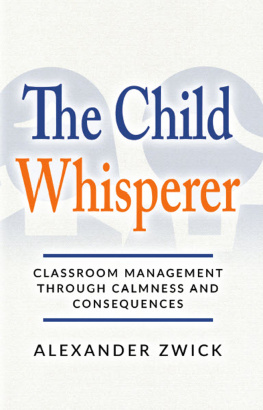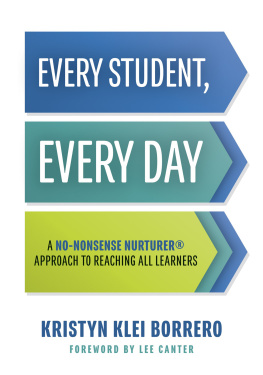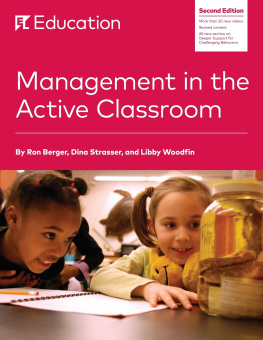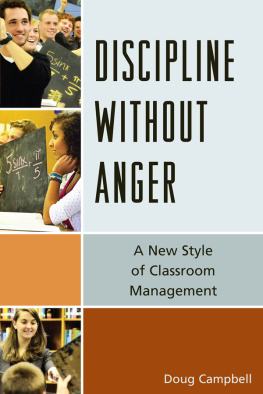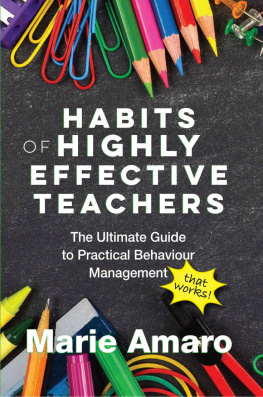
Published by Gatekeeper Press
3971 Hoover Rd. Suite 77
Columbus, OH 43123-2839
Copyright 2015 by Alexander Zwick
All rights reserved. Neither this book, nor any parts within it may be sold or reproduced in any form without permission.
No part of this book may be reproduced in any form or by any electronic or mechanical means including information storage and retrieval systems, without permission in writing from the author. The only exception is by a reviewer, who may quote short excerpts in a review.
ISBN (paperback): 9781619849235
eISBN: 9781619849242
Printed in the United States of America
Introduction: No Excuses
They call me the Child Whisperer. (Cue the spaghetti-Western music.) My fourth grade class is well-behaved, both in and out of our classroom, and when they work with partners or in small groups, they whisper. No, I dont mean just quiet voices. I mean actual whispers.
In my fourteen years of teaching, I havent once yelled.
Truth be told, I dont love that nickname. Child Whisperer. It sounds borderline creepy. It also makes it sound like my class never has any fun. They do. But things never get crazy.
Teachers and parents have asked me repeatedly over the years how I do it. All I can say is Im consistent and have firm rules. But most teachers and parents think they already are consistent and have firm rules, leaving them baffled at my success.
They sometimes make excuses. Oh, its because youre a man. No. Ive seen plenty of male teachers in action who have no more, and often less, success than their female counterparts.
Its because you teach the Gifted kids. First of all, most of the students Ive taught are not Gifted. But even if they were, anyone who has had any depth of experience with children knows that the Gifted kids are often the worst behaved. Why? They get bored more easily than students of average intelligence, may be more inclined to challenge adults or authority figures, and just because they might be smarter than average, that doesnt mean they necessarily have any more interest in learning than students with lesser IQs. The truth is that Ive had students who struggle academically and those who thrive, students from wealthy, college-oriented backgrounds and those from lower socio-economic ones, students who were raised with English and those who are second-language learners, and students in the general education curriculum and those with Autism or other learning disabilities.
No, the keys to my success have nothing to do with my gender or the backgrounds of the children. What Ive done can work for any elementary school teacher who is willing to work hard and stick to this this classroom management system. And after a few weeks, it will get much easier.
All that being said, I do have one disclaimer. I currently teach fourth grade, and have subbed in kindergarten through fifth. Based on my experience, and my knowledge of the developmental stages and cognitive abilities of elementary school kids, I know what I do works really well with first through fifth grades. But kindergarten? Thats its own beast. For those of you who teach it, I dont know how you do it. I would say you could adapt what I do for your little ones, but how you do that for kids who forget what you told them five minutes ago is a mystery to me.
No matter what grade you teach, classroom management is the single most important skill you must have. You may have the most amazing lesson, or have come up with an unbelievably engaging project, but none of that matters if you dont have the kids attention.
Chapter One: Real Consequences
There are some children who come to school on the first day, walk perfectly in line, sit upright, raise their hands to participate, and dont talk in class. Who knows why they act that way? Sure, their upbringing and home life play into it tremendously, but there are certainly lots of other factors at play. Unfortunately for teachers, these model children are few and far between.
The reality is that most students need consequences for them to behave the way we want them to. As I explain to my students on the first day of school (and their parents at Back to School), consequences are simply the results of our actions. Despite the negative connotation of the word, not all consequences are bad.
There are many classroom management techniques teachers use that ineffectively use consequences or dont use them at all. For some teachers, their "technique" is to yell a lot. Some teachers rely on saying, "Sh!" a lot. Some use bells or rhythmic hand claps to get the students attention. All have varying degrees of success, depending on a variety of factors, but most fall flat on their faces.
Many teachers use a color chart or some variation of it. This tool can help a teachers classroom management be successful, but often doesnt. Why? Like any other behavior management tool, a good portion of its success depends on how it is implemented.
These charts, depending on the version, often change throughout the day based on the actions of the students. In some classes, a student moves a clip with his name from one level on the chart to another at the teachers direction. For instance, if a student was disruptive, the teacher may tell him to move his clip. The spots on the chart may have different colors, where one color represents good behavior, and the other colors represent progressively worse behavior. Or perhaps there are different smiley faces, except each one is progressively sadder, leading to the final face, which is a frown. Sometimes, there are direct consequences printed on the chart, associated with each level, such as a time out or letter to parent.
Some teachers pride themselves on charts that can go up in addition to down. In other words, students can theoretically see the possibility of being recognized for especially good behavior, not just for bad behavior. In these classrooms, perhaps messing up once doesnt mean the childs behavior chart is ruined for the day.
There are educators and parents out there who are strongly opposed to such charts in the first place. They claim that children who try really hard to behave are demoralized when they come home, having landed on a bad spot on the chart. These anti-charters, as Ill call them, may claim that some students just dont have the ability to control themselves and that teachers need to be more understanding and compassionate.
I beg to differ. Although I personally dont use such a system, my own system, as Ill begin to get to momentarily, could equally be a target for those who feel we should only find positive aspects of behavior to focus on, and essentially turn the other cheek to disruptive behaviors, for fear that a child will be disappointed in his actions.
Yes, students with ADD (Attention Deficit Disorder) or ADHD (Attention Deficit Hyperactivity Disorder), for instance, may find conforming to norms of expected behavior to be a challenge. But that doesnt mean we should say, okay, never mind to the whole idea of having a calm, orderly classroom where students can learn. Ive taught more students than I can count who had such disorders, yet learned to behave just as well as their peers, because that was what I expected of them. Plus, having suddenly been able to accomplish tasks that they hadnt successfully done in previous grades, those students were able to gain self-confidence that would assist them with the challenges of real life in the future.
Despite the naysayers, the color charts persist, and can have some positive effects. Some kids will learn, once theyve landed on a bad color once or twice, not to repeat the action that caused it on future days. But most kids will not change their behavior without a consequence that actually makes a difference in their lives. Being on red once or twice is not a strong enough incentive to behave well. What difference does that really make to the child? For those behavior charts that do have actual consequences tied to each level, provided the teacher actually follows through on them, they can still be unsuccessful.
Next page
